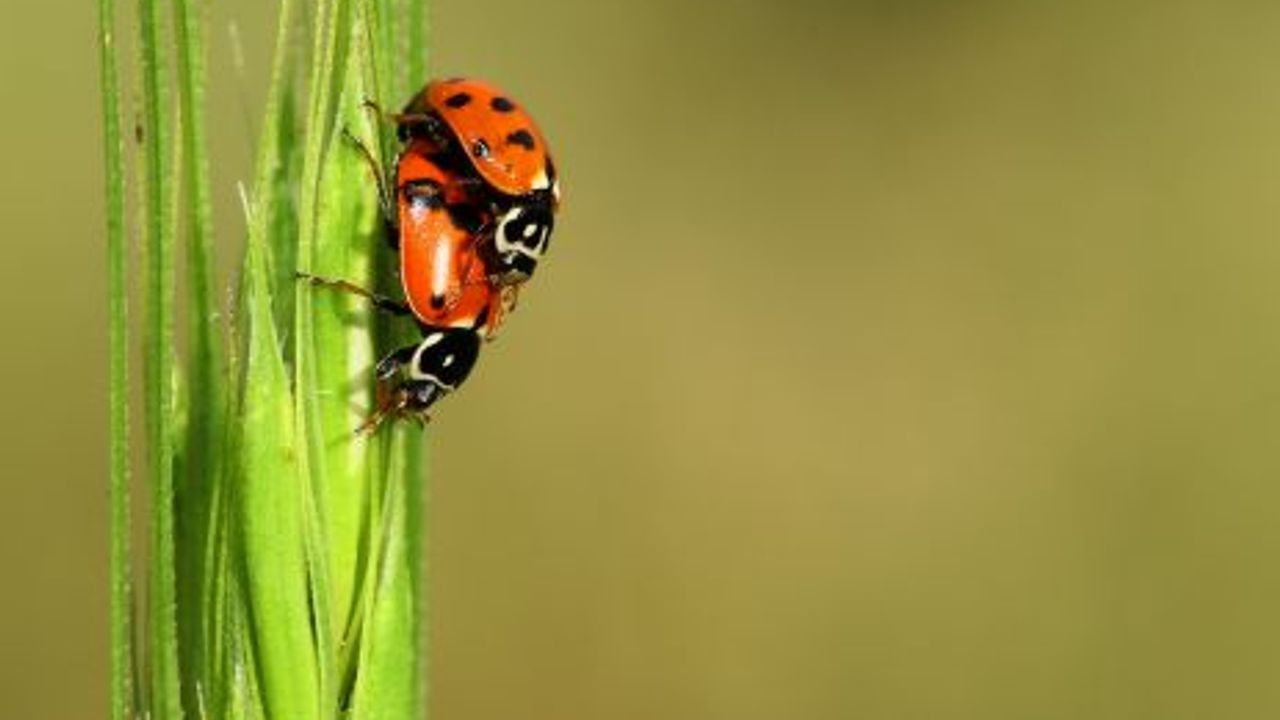Flies: In the world of flies, the call for love comes from males, females usually go along with it. Flies can keep on flying as they make love. Sex that usually starts as they fly ends up on a leaf or a branch. Sometimes a female can mate with two males at the same time.
Butterflies: The duty is on the shoulders of the male. You can witness the love of colorful butterflies as the multiple eyed blue is one of the most common butterflies in Cyprus. You can see them mate as they clumsily try to fly at the same time in a park near your house or in your garden. Finding a partner is the duty of the male.
Coleopterans: Love for coleopteran males also means death as the majority of males pass away right after they find a partner and mate. Like many other species, bugs find their partners through smell. Even within a distance of 7-8 kms, males and females can find each other before the night ends. Male coleopterans are smaller, more colorful and have bigger antennas compared with females. Genitals of males and genitals of the females are locked to each other though hooks and bulges for the continuation of their species.
Dragonflies: The male who grasps the female during mating also pulls the female after the mating is over to prevent other males to mate with her. Mating of dragonflies can be violent or even deadly. A bizarre love.
Frogs: They don’t know anything about loyalty. After they enter the water for mating, they make noises to make their places known and to flirt. After they find their partners, some of them might circle a female and mate with her one after the other. During mating the male puts pressure on the belly of the female with its front legs, facilitating the ovulation.



